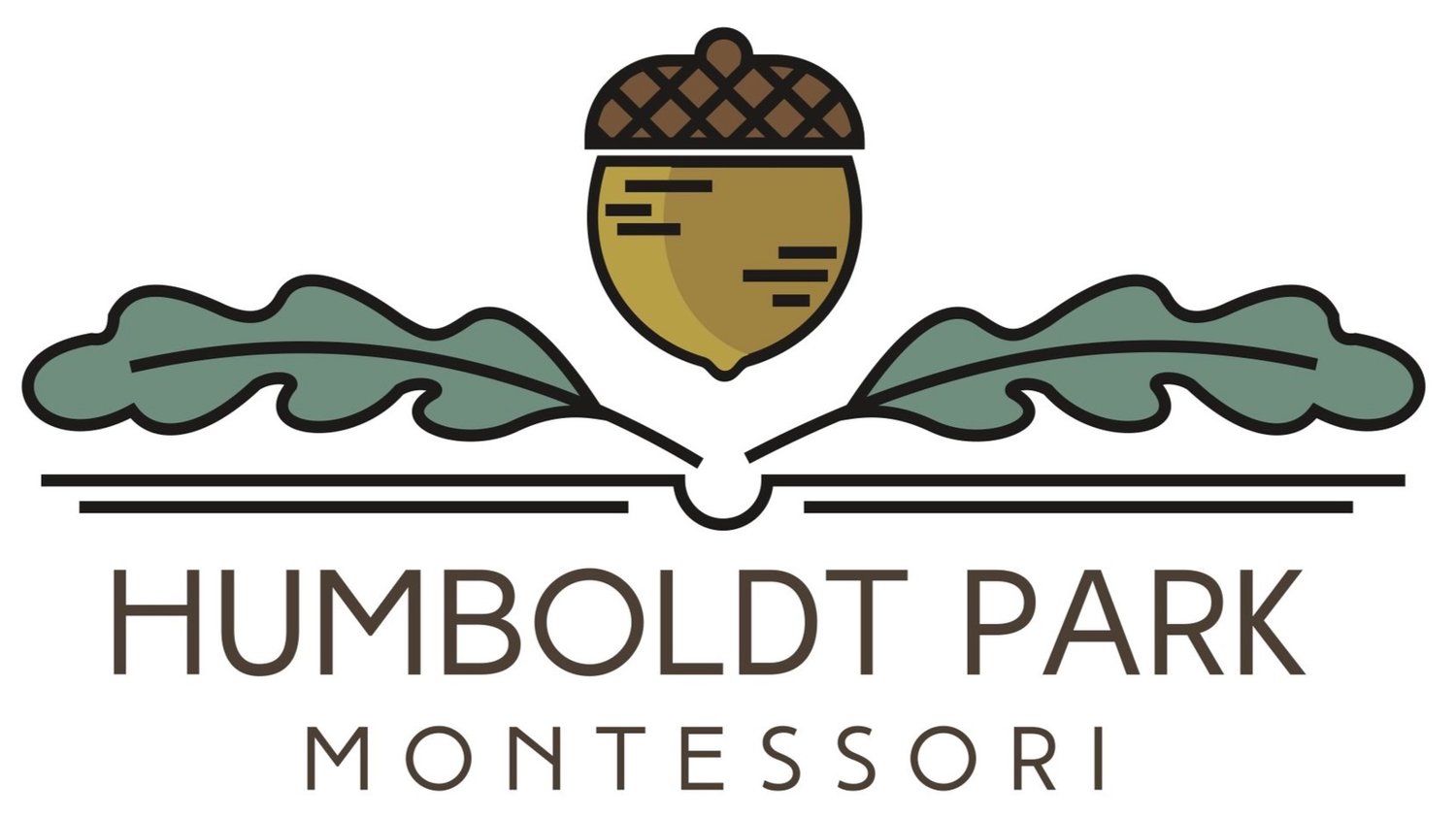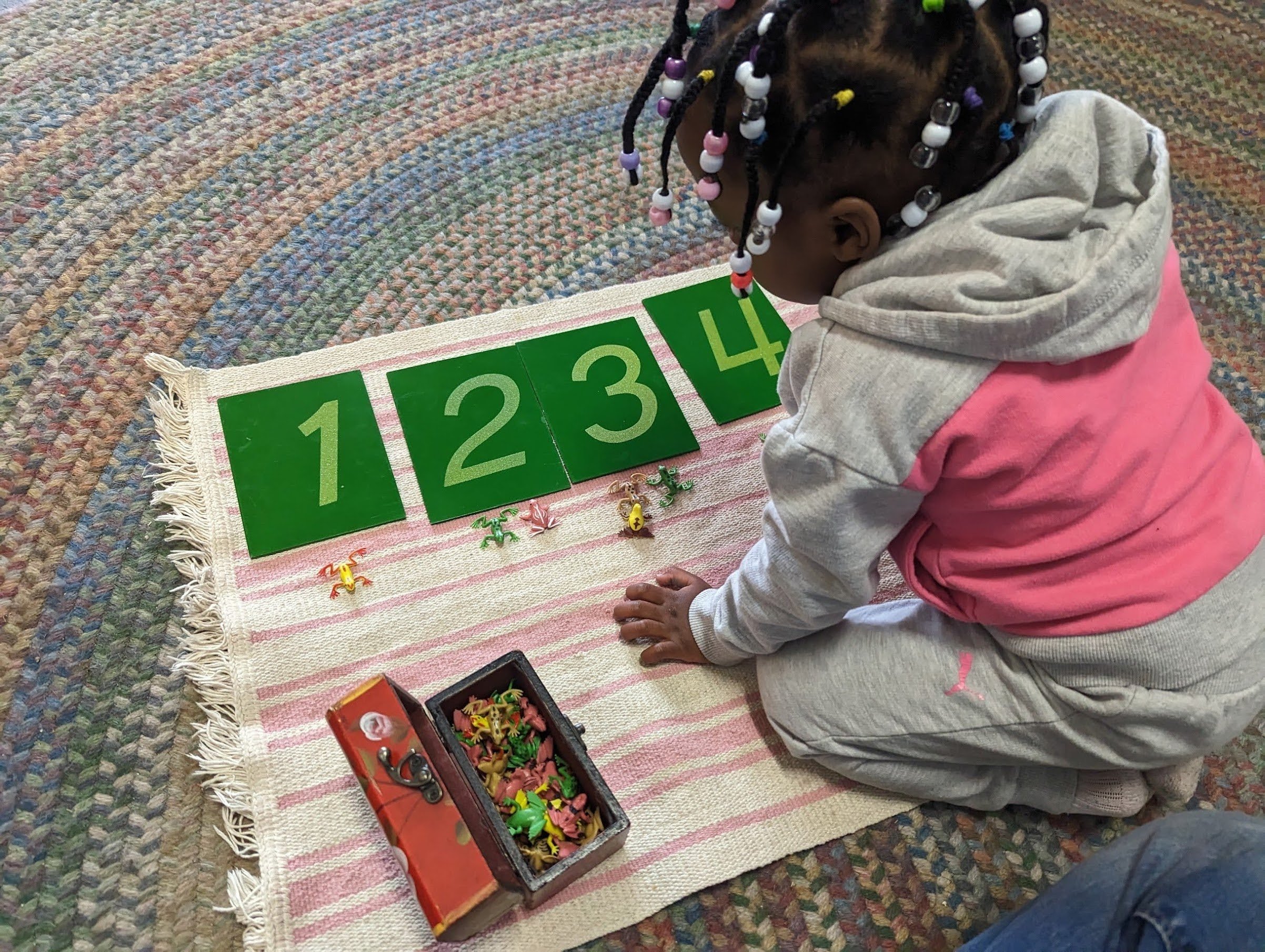“As we observe children, we see the vitality of their spirit, the maximum effort put forth in all they do, the intuition, attention, and focus they bring to all life’s events, and the sheer joy they experience in living.” - Maria Montessori
A child’s work
In the classroom, we call what the children are doing “work.” This simple word tells the children that what they are doing is important. Primary children may choose what they work on throughout the Work Cycle. Elementary children make a work plan approved by their teacher at the beginning of the day and follow that plan throughout the Work Cycle.
Montessori work allows for creativity in the classroom, because each child is creating their own plan. They may choose to work on a paper mache project, then complete some math problems, and then study volcanoes. The children can take the time they need to dive into each work.
A Work Cycle is 2.5-3.5 hours long so that the children can focus for a long time on a task if they need.
Practical Life
All lessons come through work with hands-on materials. We have very few worksheets and no computer work until Upper Elementary. Practical Life work is unique to a Montessori classroom. The children learn real-life skills that they see their trusted adults doing. Initially, they start practicing with tools like scoops and tongs. Then they move on to preparing their own food: peeling cucumbers, juicing oranges, cutting apples, etc. The children water plants, and feed classroom animals. They help to spread mulch outside and weed in the garden. In Elementary, the children do more extensive cooking and baking. They make phone calls to place books on hold at the library or to set up field trips.
Follow the child
The teacher’s first job is to truly know each child. That way, the teacher can offer lessons to that child in line with their interests and capability. When entering a Montessori classroom, you may see the teacher sitting and observing. This is a great sign that the children in the classroom are able to complete their work on their own, and the teacher can prepare what each child is ready to learn next. Lessons are offered individually or in small groups that children are learning what they are ready for. They do not have to sit through content that they fully understand or is beyond their capability at the time.




